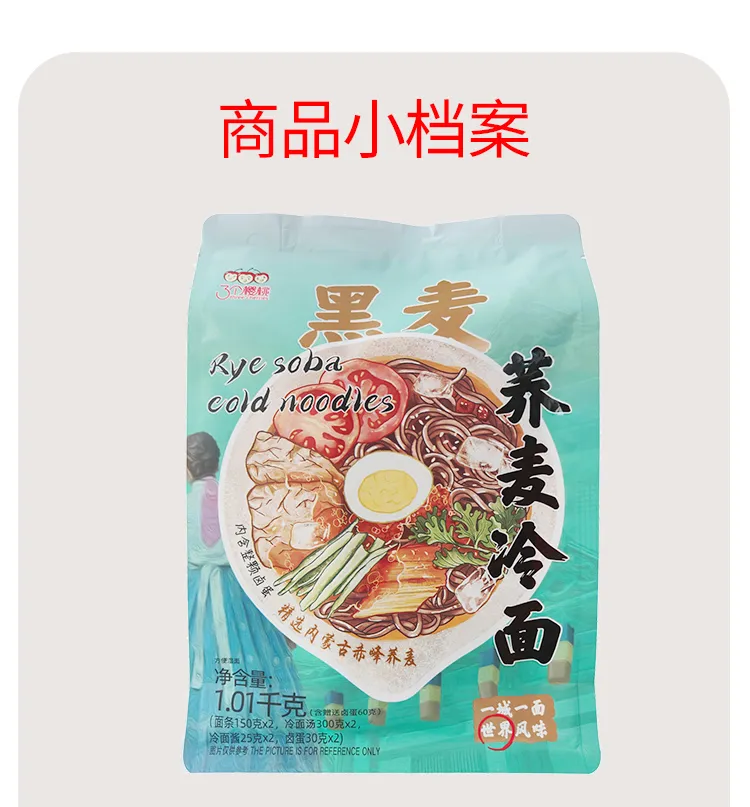Crafting Delicious Handmade Ramen Noodles from Scratch
The Art of Handmade Ramen Noodles A Culinary Journey
Ramen, a beloved dish worldwide, has roots deeply embedded in Japanese culture. Although it has evolved significantly over the years, the essence of ramen lies in its handmade noodles, which provide an authentic experience that machine-made counterparts often lack. This article explores the art of making handmade ramen noodles, highlighting the techniques, ingredients, and the joy it brings to both the maker and the consumer.
The History of Ramen Noodles
Ramen's origins can be traced back to China, where wheat noodles were first introduced. Over time, Japan embraced this culinary delight, adapting it with local flavors and ingredients. However, the true artistry of ramen lies not only in its broth or toppings but significantly in the noodles themselves. Traditionally, ramen is characterized by its firm texture, elasticity, and ability to absorb flavorful broth.
The Ingredients
The key to making exceptional handmade ramen noodles is in the ingredients. The base consists of just three main components wheat flour, water, and kansui. Kansui is an alkaline mineral water that contributes to the distinctive chewy texture and yellow hue of ramen noodles. Choosing the right type of flour is equally important, as high-protein bread flour is often preferred for its gluten content, which helps achieve the desired elasticity.
The Making Process
The process of making ramen noodles is both an art and a science, requiring patience and precision. Here’s a step-by-step guide on how to create your own handmade ramen noodles
1. Mixing the Dough Start by combining the flour and kansui in a mixing bowl. Gradually add water while stirring with chopsticks or a fork until the mixture begins to form a shaggy dough.
2. Kneading Transfer the dough onto a clean surface and begin kneading. This step is crucial as it develops gluten, giving the noodles their characteristic chewiness. Knead the dough for about 10-15 minutes until it becomes smooth and elastic.
ramen noodles handmade

3. Resting Once kneaded, wrap the dough in plastic wrap and let it rest for at least 30 minutes. Resting allows the gluten to relax, making the dough easier to roll out.
4. Rolling the Dough After resting, divide the dough into smaller portions and use a rolling pin or pasta machine to roll it out. Aim for a thickness of about 1-2 millimeters. Dust with flour to prevent sticking.
5. Cutting the Noodles Once rolled out, lightly dust the surface with flour, then fold the sheet several times. Use a sharp knife to cut the folded dough into thin strips, which will form the noodles.
6. Cooking To cook the freshly made ramen noodles, bring a pot of water to a boil and add the noodles. Boil for about 2-4 minutes until al dente, then drain and rinse under cold water to stop the cooking process.
The Joy of Handmade Ramen
One of the most rewarding aspects of making handmade ramen noodles is the connection it fosters—not just with the ingredients but also with the people you share it with. The process encourages mindfulness and appreciation for culinary techniques. Cooking becomes a delightful ritual rather than a mundane chore.
Homemade ramen provides the opportunity to experiment with various flavors and textures, allowing for endless creativity. Whether you choose a classic tonkotsu broth, a spicy miso concoction, or vegetarian options, the handmade noodles serve as a perfect canvas to showcase individual preferences.
Conclusion
Handmade ramen noodles are not merely part of a dish; they represent a cultural legacy steeped in history and tradition. By engaging in the process of making them, one can appreciate the craftsmanship that goes into each strand. So the next time you savor a bowl of ramen, remember the journey of the noodles from flour to plate—a delightful experience that celebrates the art of cooking and brings people together, one bowl at a time.
-
Unleash Your Inner Chef with Delectable Italian Pasta CreationsNewsAug.01,2025
-
Savor Health and Flavor: Irresistible Soba Noodles for Sale Await!NewsAug.01,2025
-
Nourish Your Body with Premium Organic Ramen - A Culinary Delight AwaitsNewsAug.01,2025
-
Elevate Your Dishes with Our Exquisite Kinds of Egg NoodlesNewsAug.01,2025
-
Dive into Flavorful Convenience with Our Ramen OfferingsNewsAug.01,2025
-
Discover Exquisite Types of Naengmyeon and Chilled Soba NoodlesNewsAug.01,2025
-
Is Whole Wheat Pasta Healthy?NewsMay.30,2025
Browse qua the following product new the we

















































































































